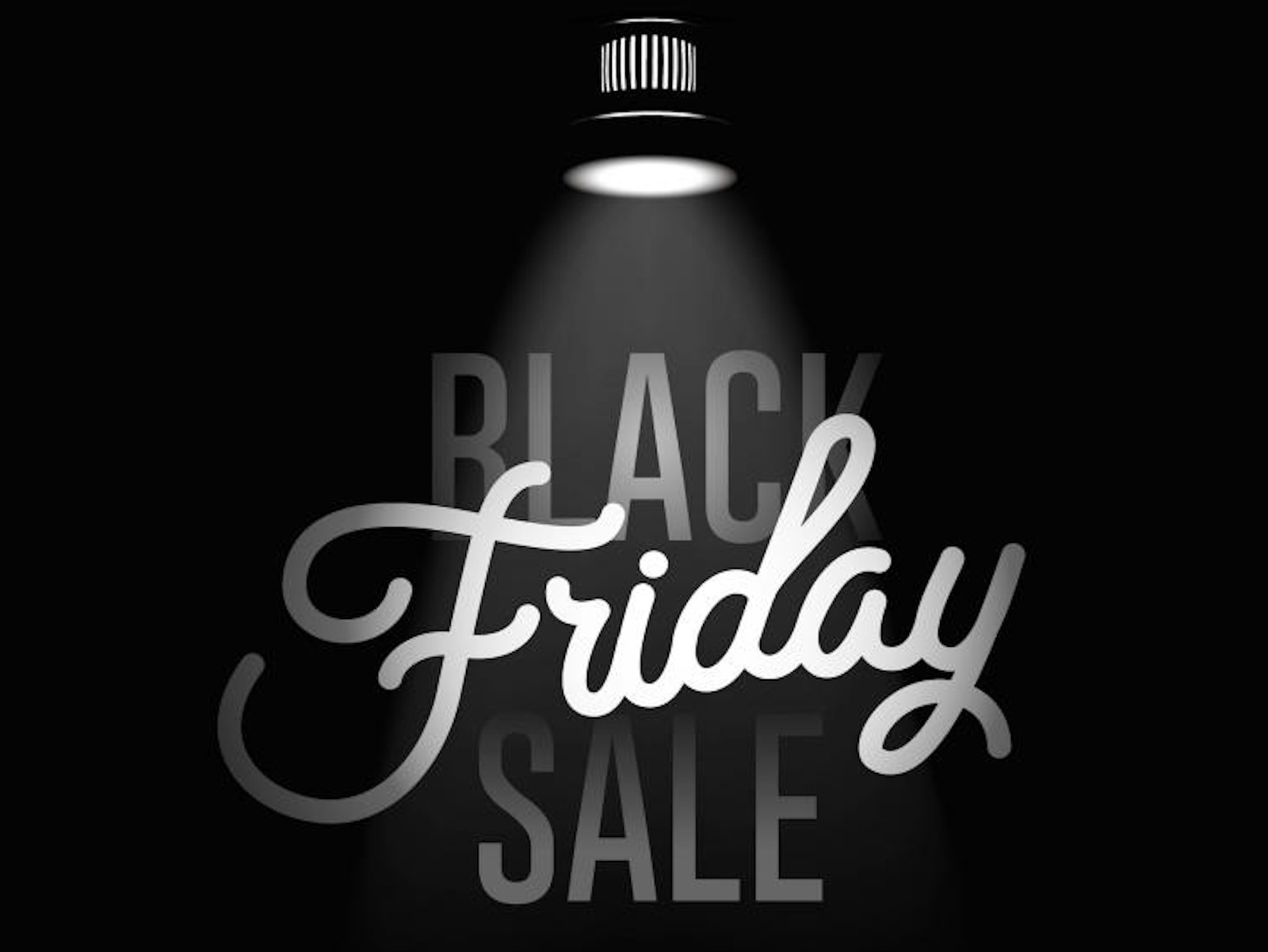
As legend has it, it takes most of the year for a retail business to become profitable. After months of being “in the red,” in November they are finally “in the black.” This phrase has been used in this way since 1922.
But why black? Darkness, and the color black, is typically associated with something being bad, not good.
Psychological studies have backed up this pattern (black hat, dark days, black plague, black magic, and so on). As I previously wrote in Nautilus, across cultures, darkness and black are associated with a general sense of badness. People can read bad words (like “greed”) faster when printed in black rather than white. And people generally prefer lighter versions of colors to darker ones. What’s more, when presented with different colors of pills, people associate lighter-colored pills with calm, slightly darker pills with love and excitement, and the darkest pills with failure and poor health.
These effects most likely manifest because humans, primarily visual creatures, can’t see very well in the dark. So the emotional associations with darkness and brightness are probably evolved; others have argued, however, that our emotional responses to color are based on associations with things that we come to like and dislike in our environments.
“Black Friday,” the first Friday after American Thanksgiving, isn’t bad. It’s actually great. It’s traditionally been a huge shopping day, and many American stores offer deep discounts to attract even more customers. It’s always struck me as strange that a day that’s generally happy for everyone is called “black,” and some believe that it’s called this because it’s finally when businesses are “in the black.”
But that’s not how the term originated at all.
In fact, “Black Friday” was first coined in the 1960s by Philadelphia police officers referring to the heavy traffic conditions that made their jobs harder.
But since businesses didn’t like a negative association with shopping, several tried—unsuccessfully—to rename the date as “Big Friday.” It didn’t catch on, and in the 1970s and 1980s the idea of “Black Friday” spread to more and more American cities.
When “Big Friday” didn’t trend, instead of trying to change the name, advertisers and retailers switched tactics and tried to change the meaning. And that’s where we get the idea that Black Friday is the day that stores get “in the black.”
Best wishes for a black, black holiday season.
Jim Davies is an associate professor at the Institute of Cognitive Science at Carleton University in Ottawa, where he is director of the Science of Imagination Laboratory.






























